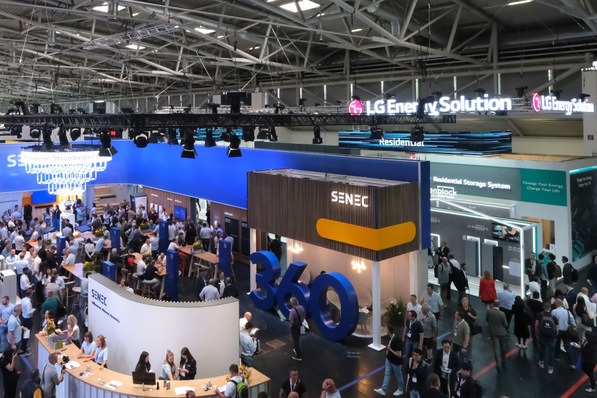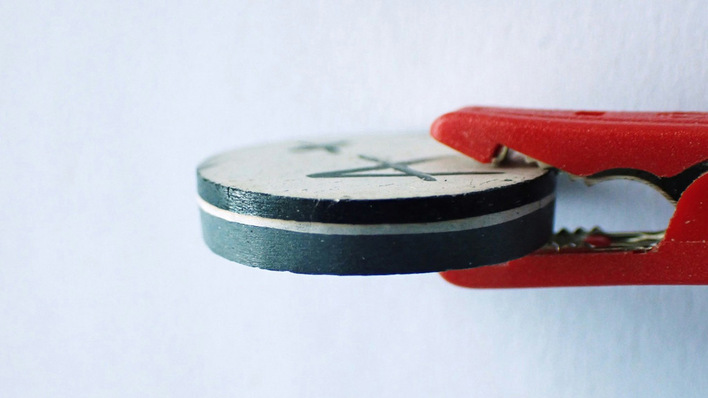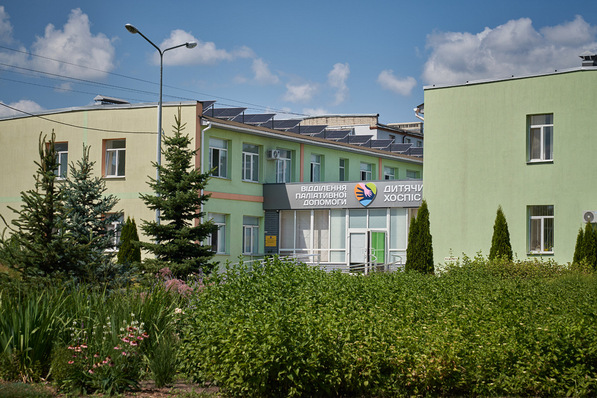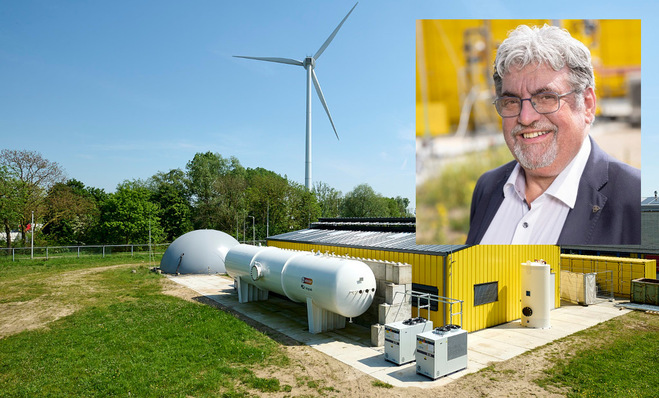The metal processing company Technoboxx in Bottrop, Germany, is making itself less dependent on the electricity supplier. For some time now, the company has been processing various metals partly with solar power from its own roof. The 300 modules installed generate 60 megawatt hours of electricity per year, which is more than Technoboxx needs. In order to further increase its self-consumption and reduce the amount of electricity it draws from the grid, the company has installed a battery storage system with brand-new technology.
Freely scalable
The system is a vanadium redox flow storage unit that was developed as part of a research project by the Fraunhofer Institute for Environmental, Safety and Energy Technology (Umsicht). The researchers at the institute in Oberhausen deliberately chose this storage technology. This is because it is freely scalable in terms of both output and capacity.
See also: Battery manufacturing is coming to Europe
In addition, the redox flow battery scores with a high cycle stability and operational reliability compared to lithium-ion technology. This is because in redoxflow technology the non-flammable electrolytes are separated. During charging and discharging, they are pumped through an electrochemical converter that consists of many cells of the same structure - so-called stacks.
New bipolar plates developed
The stacks consist of graphite fleeces, membranes and a new bipolar plate made of a graphite-plastic mixture developed and manufactured by the researchers at Fraunhofer Umsicht. These individual components are inserted into a plastic frame. The bipolar plates are completely welded to the cell frame by means of a laser. This makes it possible to assemble the stack without the seals that would otherwise be required - until now, a part subject to wear in Redoxflow batteries. This is because this manufacturing process ensures that the liquid electrolytes pumped through the stacks do not mix inside, nor can they escape from the stack into the environment.
Temporary storage of 75 kilowatt hours of solar power
In Bottrop, the entire storage unit is housed in a container that stands in the yard of Technoboxx. The battery has an output of 15 kilowatts and can temporarily store 75 kilowatt hours of surplus solar power until it is needed in production. With a larger electrolyte volume, the capacity can be increased relatively easily. A larger stack can provide more output. In this way, the storage unit can be adapted to the conditions on site relatively easily. (su/mfo)







